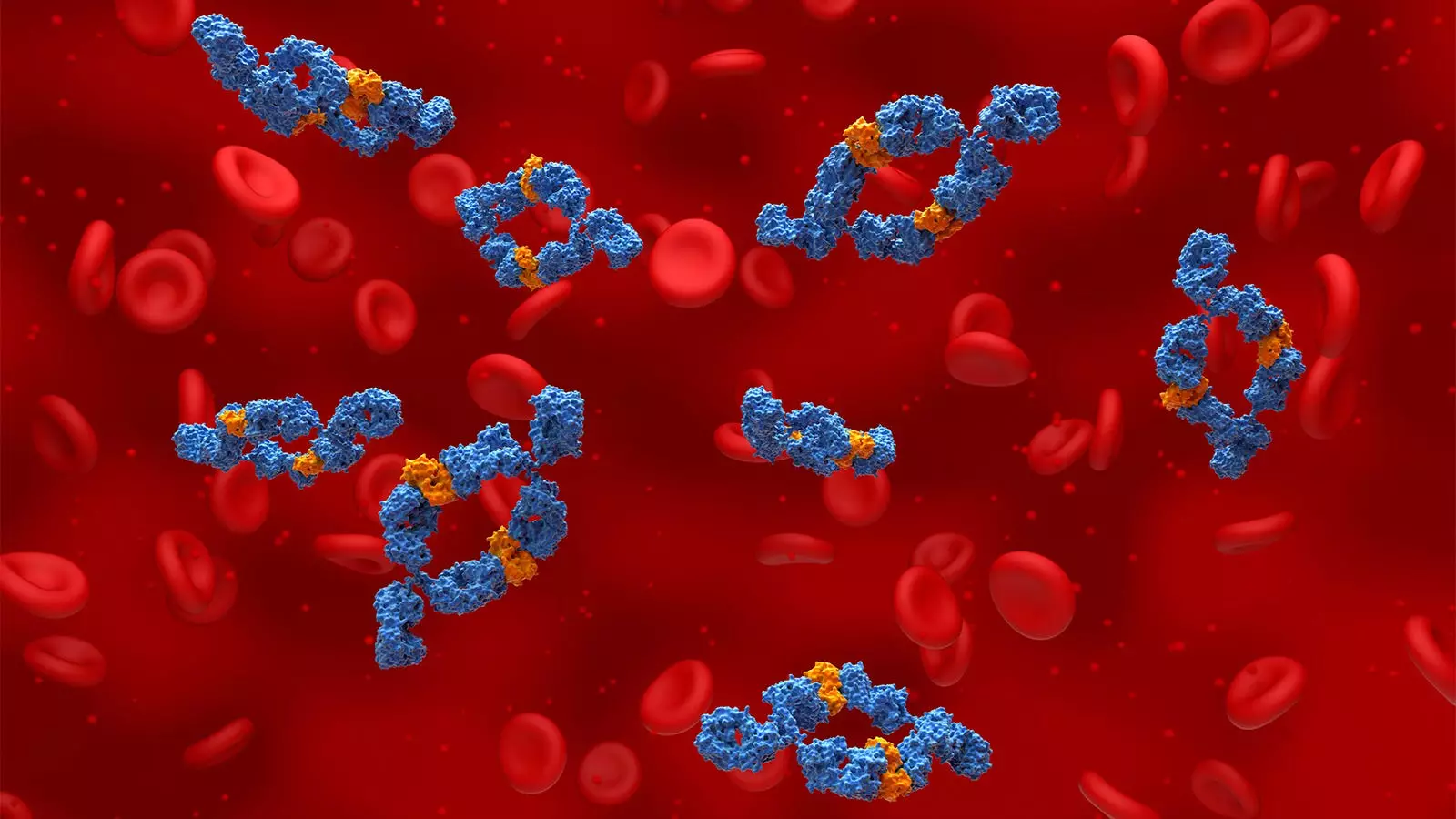Axial spondyloarthritis (axSpA) represents a complex group of inflammatory rheumatic diseases that primarily affect the spine and sacroiliac joints, leading to chronic pain and stiffness. This condition can manifest in two forms: radiographic axSpA, which is commonly recognized as ankylosing spondylitis, and non-radiographic axSpA. Although both versions present similar clinical pictures, therapeutic strategies may differ based on the specific form and severity of the disease experienced by the patient. The impact of axSpA on daily life, including diminished mobility and overall quality of life, makes effective management a significant health priority.
The latest guidelines from notable organizations—the Assessment of SpondyloArthritis International Society and the European League Against Rheumatism (ASAS-EULAR)—underscore the need for a multifaceted treatment strategy. They advocate not only for medication but also for lifestyle modifications, patient education, and regular physical activity as critical components of a comprehensive treatment plan. Such an integrative approach can enhance outcomes, enabling patients to manage their symptoms more effectively.
Traditionally, the first line of pharmacological intervention for axSpA has been nonsteroidal anti-inflammatory drugs (NSAIDs), which aim to alleviate pain and stiffness. When NSAIDs prove insufficient or are contraindicated, clinicians may consider additional therapeutic modalities. Among these alternatives, sulfasalazine can be particularly beneficial if peripheral joint involvement is noted.
However, despite the available medications, many patients struggle to find relief. The therapeutic landscape has broadened to include tumor necrosis factor (TNF) inhibitors, monoclonal antibodies targeting interleukin (IL)-17, and Janus kinase (JAK) inhibitors. These new agents have emerged as promising options for managing active disease in patients who do not respond to standard treatments. For instance, bimekizumab, a novel IL-17 antagonist that blocks both IL-17A and IL-17F, received FDA approval for non-radiographic axSpA this past September. This approval was significant for the rheumatology community, particularly as it offers hope to individuals with limited treatment choices.
The clinical effectiveness of bimekizumab has been supported by results from the BE-MOBILE 1 and BE-MOBILE 2 studies. In these trials, a considerable proportion of patients receiving bimekizumab showed a significant improvement in symptoms compared to those on placebo. At the 16-week mark, between 45% and 48% achieved at least a 40% improvement in disease activity, a marked difference that suggests the drug’s effectiveness across the spectrum of axSpA. Furthermore, over 60% of patients maintained improvement after one year of treatment.
The data is particularly encouraging for treatment-naïve patients and those deemed inadequate responders to TNF inhibitors. The clinical advantage of dual targeting (IL-17A and IL-17F) over single-target approaches remains a point of discussion; definitive answers will require further head-to-head studies.
As treatment options flourish, clinicians face the challenge of navigating between different drug classes. The choice between TNF inhibitors and IL-17 inhibitors often hinges on the presence of extra-articular manifestations and the individual patient’s health profile. Notably, while JAK inhibitors have entered the treatment landscape, their use is tempered by concerns related to cardiovascular safety, as indicated by boxed warnings for serious adverse events.
A recent retrospective study shed light on treatment adherence rates, revealing notable variances among the different drug classes. JAK inhibitors exhibited significantly higher discontinuation rates than TNF and IL-17 inhibitors. The analysis concluded that such discrepancies could stem from the proportion of patients receiving TNF inhibitors as initial therapy, potentially reflecting underlying disease severity or inadequate responses to initial treatments.
Continued advancements in the treatment of axial spondyloarthritis hold great promise for improving patient outcomes. With agents like bimekizumab joining the therapeutic arsenal, healthcare providers are better equipped to tailor treatment plans according to individual patient needs. As research develops, an emphasis on personalization in therapy will become vital, facilitating optimal management of this challenging condition.
Through an integrative approach that combines pharmacological and lifestyle strategies, patients with axSpA can find relief, maintain functionality, and significantly enhance their quality of life. Future studies will no doubt shape the evolving landscape of axSpA treatment, ensuring that innovation remains at the forefront of healthcare.

Leave a Reply